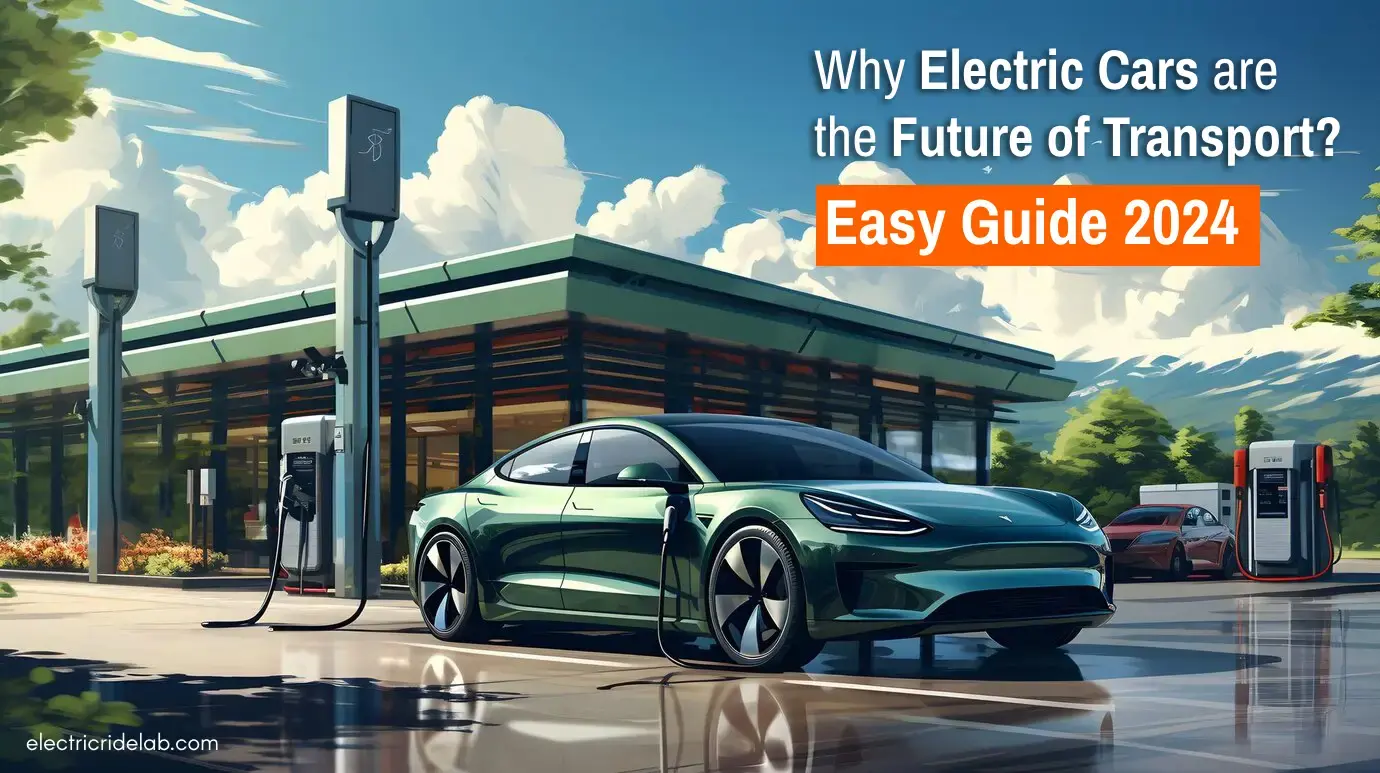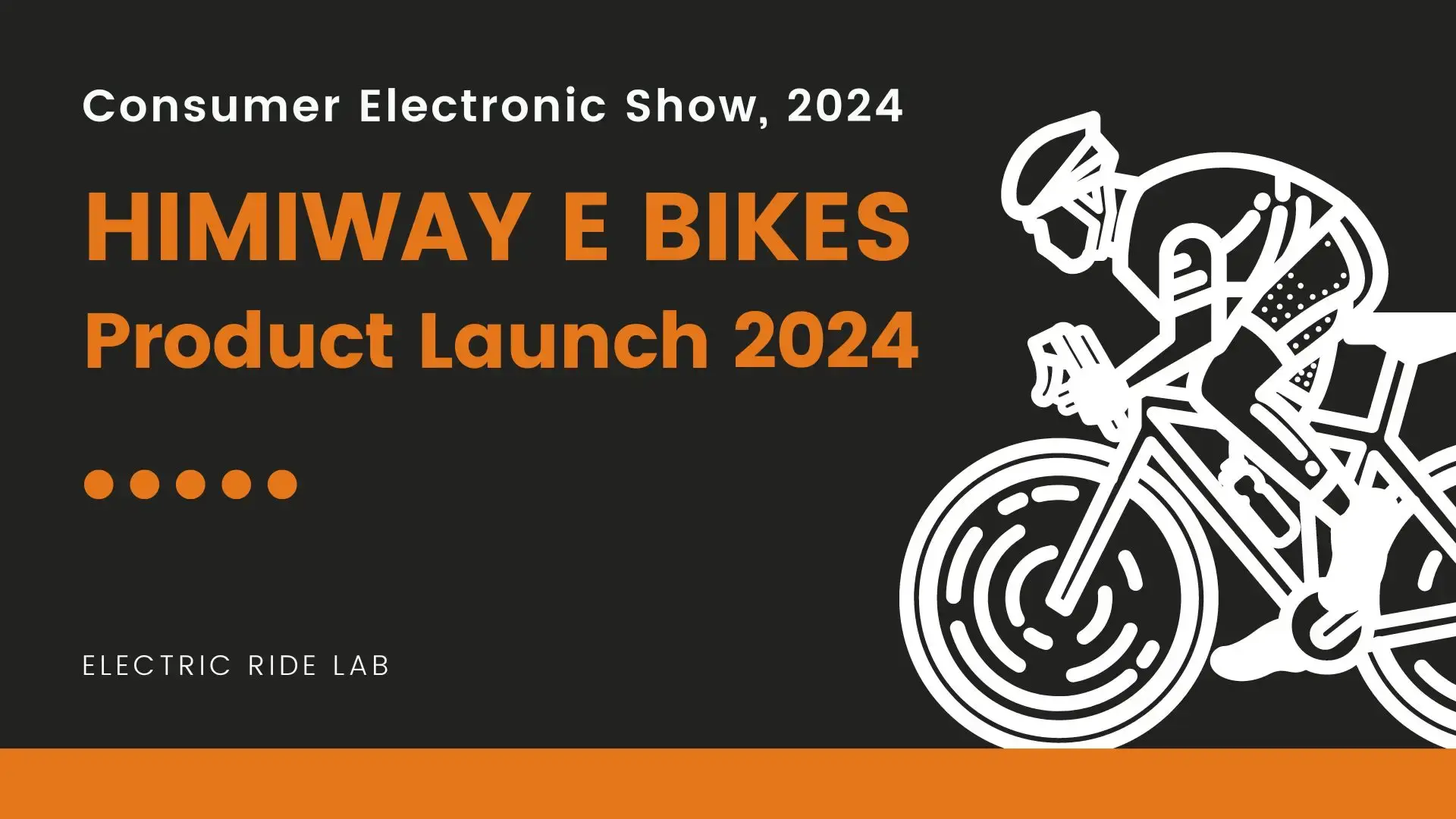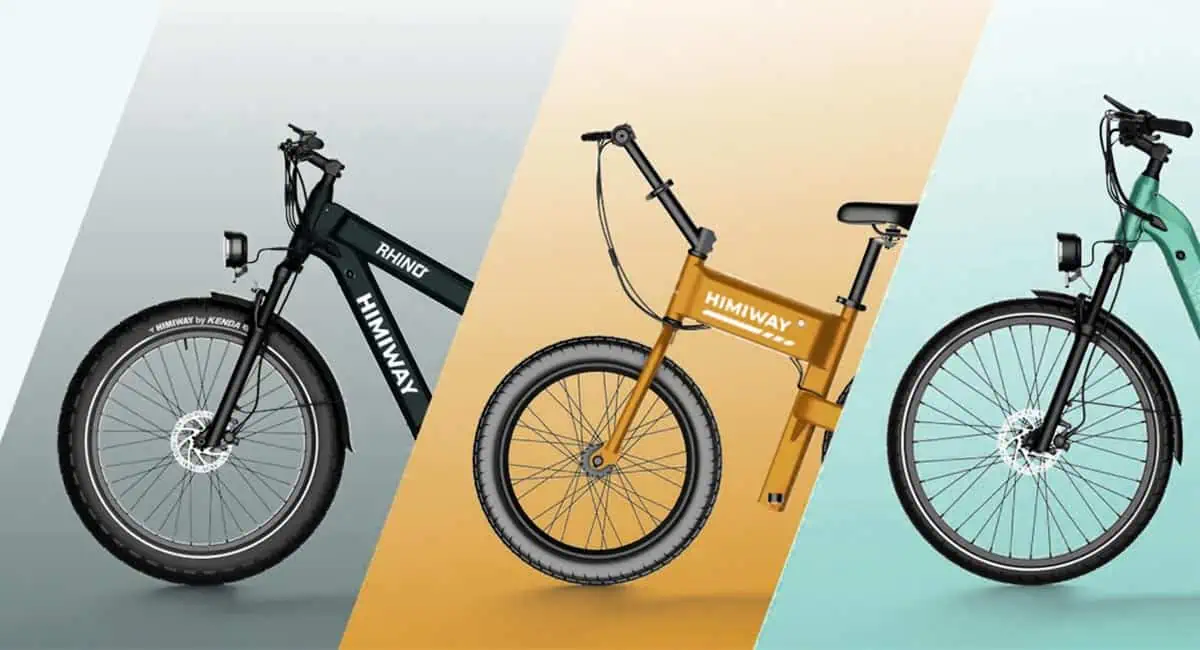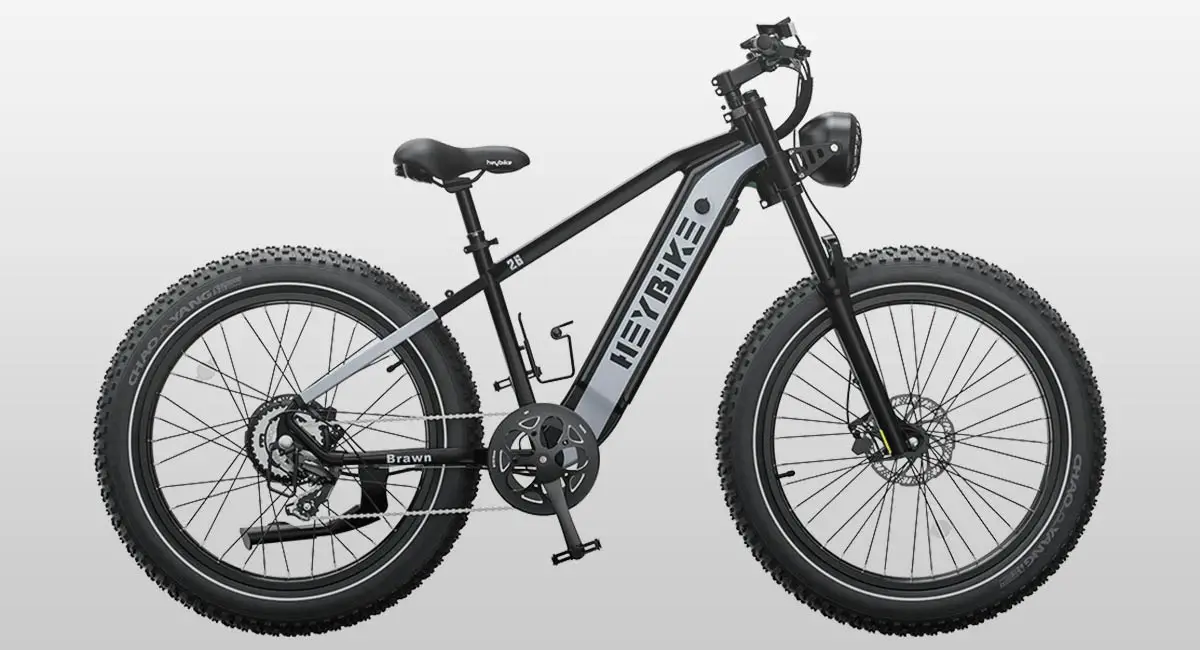The electric bike is seen as the future of transportation. It’s a bike that makes getting around town easier and less expensive than driving or taking public transit, but to ride it you need your battery charged up. In this blog we will discuss about electric bike battery charging tips along with common questions about their charging.
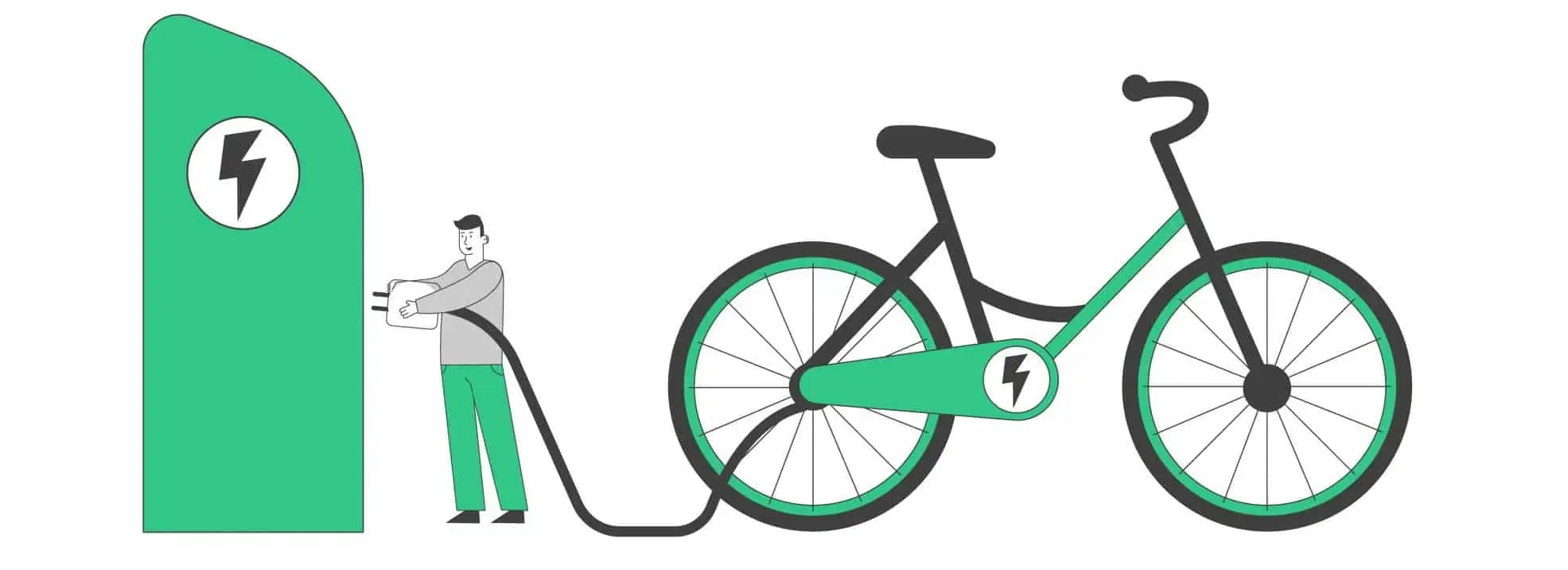
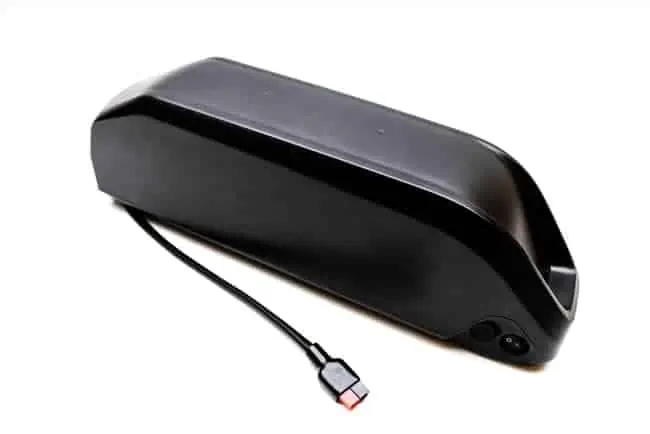
Electric bike battery charging tips and Frequently asked questions about its charging process
1. How much does it cost to charge an ebike battery?
Generally speaking, you can expect charging a 36 Volts/400 Wh ebike to set you back by roughly 5-12 cents for a full charge. The exact cost is going to depend on the voltage of your battery, local electricity rates and the battery’s capacity. It will be more expensive to charge higher voltage batteries.
2. Can I charge ebike with a generator?
Yes, you can as long as the generator has a high-power output of more than 3500 Watts. In fact, you might be surprised to know that you can charge your electric bike battery just as quickly on a generator as in your home’s wall outlet!
3. How to charge ebike while riding?
You can charge your ebike’s battery while riding via generative braking. How that works is that when you apply the brakes, a braking sensor will trigger the electric bike’s motor to switch to reverse mode and consume the energy of the forward motion of the ebike to charge its battery.
4. Where can I charge my electric bike?
The good news is that you can charge electric bikes nearly everywhere! All electric bike models use standard 3-pin plugs which are 100 percent compatible with all sockets in the walls. Hence, you can conveniently charge your electric bike while you are on the move!
You can top up your ebike battery in several public spots like libraries, pubs, cafes or your workplace- anyplace where there is a socket available!
5. How long does it take to charge ebike battery?
A lithium electric bike battery that is completely empty can roughly take you around 4- 6 hours to fully recharge. An ebike battery that still has some charge might take less time than this when you charge it.
6. How often to charge your ebike battery?
It is highly recommended that you charge your ebike battery after each ride to ensure it is always topped up and ready for your next ride.
7. How to discharge an ebike battery?
You require a 10 W, 20 ohms resistor to discharge an ebike battery. Just connect it across the lugs of the battery and ensure it stays connected for around 3 days. You may then use a voltmeter to confirm that the battery has discharged (the voltmeter will read zero volts).
However, you might not want to discharge an ebike’s battery completely as it comprises lithium cells that can be destroyed upon full discharge.
8. What size inverter to use to charge an electric bike?
A 350- Watts inverter that generates a pure sine wave ought to be sufficient to charge an electric bike. Such inverters are very efficient at charging an ebike without damaging any electronic part inside the battery.
9. What are the Best amps to charge ebike battery?
The best amps to charge your ebike battery safely and efficiently depends on the size of the battery. The bigger the size, the more amps you may use for safe charging! Generally, 5 amps can be ideal to charge a standard 20 amp-hour ebike battery.
10. What’s the best charge connectors of ebike batteries?
The best charge connectors of ebike batteries are economically priced, small in size, durable (both mechanically and electrically) and have a high-water resistance level. Also, you may want to buy charge connectors that are easy to install and plugin for your own convenience.
Some charge connectors are better suited for specific purposes. For instance, if you intend to use your ebike for racing, the 4mm HXT connector might be your best bet for the battery.
11. Can I charge ebike battery through USB?
No, you can’t charge an ebike battery through a USB! Most USB chargers are rated at 5 volts and you can only use a USB to charge an ebike battery if the USB voltage is more than the output voltage of the electric bike’s battery. The latter is often 36 volts!
12. Can I charge ebike battery with the switch on?
It is always best to err on the side of caution and switch off the electric bike’s battery before you charge it. That ensures safe charging!
13. Can you charge your ebike battery while pedaling?
Yes, you can charge your ebike battery via regenerative braking while you are pedaling. To accomplish this, your electric bike needs to be equipped with a direct drive hub motor.
In standard conditions for riding and with the correct controller to make use of regenerative braking, you can expect your ebike battery to charge around 5-10 percent during a typical ride trip.
14. How many times can I charge my ebike battery?
You can charge and subsequently discharge your ebike battery around 400-500 times until it dies completely and you have to dispose it. According to experts, you can increase your battery’s lifespan by avoiding having it completely discharged.
15. How much is a battery pack charger for an ebike?
The cost of an ebike battery pack charger depends on the manufacturer and type of charger. For instance, Bosch has 3 different charger types- 6A Fast Charger, 4A Standard Charger and 2A Compact Charger.
A fast charger is often the most expensive of the three and can set you back by around 40 dollars. Some high-end manufacturers may even charge more than this!
16. How to charge a dead ebike battery?
Some of the ebike battery chargers are equipped with what is called a boost. This is a particular feature to recharge ebike batteries that have been dead for too long. The boost feature provides a tiny charge current to trigger the protection circuit in the ebike battery.
If you can reach a certain cell voltage, the ebike charger begins a normal charge to reawaken the dead battery of your electric bike.
17. How to charge ebike batteries off the grid?
You may use a portable power station to charge your ebike when you are off the grid. Just keep in mind that for such a power station to efficiently charge the battery of your ebike, the former has to hold greater power than what your battery needs.
A 48 Volts power station that features a 20 Amperes controller will often be enough to properly charge the ebike battery off the grid.
18. How to charge ebike off a car?
If you are traveling somewhere on your car, you can charge the battery of your ebike via the 12-volt socket inside the vehicle. If you have a low amperage and voltage battery charger, you will need a standard 600 Watts car inverter to charge your ebike battery.
A standard 12V car socket has the capacity to produce around 150 watts of power whereas a typical 36 Volts 2-amp ebike battery draws roughly around 90 watts of power.
19. How to charge ebike with rv inverter?
You can directly connect your rv inverter to your ebike to charge it. Just make sure that the battery of the rv inverter is not flat as that can damage your ebike. You can also use an energy monitor to observe how much power is being conveyed from the inverter to the battery of the ebike.
20. How to fast charge ebike battery
Some ebike manufacturers such as Bosch provide fast chargers that you can use to charge your battery very quickly. These chargers produce around 5 amps which is quick enough to charge a standard 10 amp-hour ebike battery.
With the help of such chargers, you can fully charge your ebike battery in around 1.5 hours!
21. How to recharge ebike with solar cells?
Most solar panels operate at 20 volts. Since this output is considerably less than a standard ebike voltage (36 volts), you need an MPPT charger to boost the voltage from your solar cells. Once, the voltage matches the profile of your ebike battery, you are good to go and can charge your ebike via the MPPT charger.
22. What charging voltage do ebike batteries take?
A standard 36 Volts ebike battery takes a charging voltage of 42 volts.
23. What are the types of ports for ebike charging?
The common types of ports for ebike charging include DC jack, Anderson SB50 and XLR ports. You will find these ports in most of the ebike models.
24. Can electric bikes be charged at electric car stations?
You can charge your ebike at open standard electric car stations that support both electric bikes and electric cars. You will be able to charge your ebike very quickly at these stations, sometimes even quicker than using an electric bike charger!
25. Can I use a laptop charger to charge electric bike battery?
Most laptop chargers are not powerful enough to charge ebike batteries.A standard laptop charger has an output voltage of 20 Volts and you require around 42 volts to charge a typical ebike battery.
Even if you do find a laptop charger that has a sufficiently high voltage, the charging time will be quite long!
26. Does an electric bike recharge when you go downhill?
A few electric bike models that feature a direct drive hub motor are able to recharge themselves partially when you zip a downhill slope.
27. Does the bike charge as you pedal?
The technology for electric bikes to charge as one pedals exists. Some bikes can charge as you pedal. However, the technology is uncommon among electric bikes for two reasons.
Firstly, the self-charging e-bike weighs more. The additional weight slows down the bike, regardless you’re pedaling or getting motor assistance. It, therefore, might not be too useful to have a bike that charges while you’re pedaling if you will have to pedal harder to get the bike moving.
The second reason is the electric returns from a self-charging mechanism generating power from pedaling. It is estimated that the bike is only able to generate a 5% to 10% return when the rider pedals to generate power. To put this statistic into perspective, imagine having to pedal for 10km to get back 1 km in battery range.
The technology around peddling to recharge the e-bike is too unrefined to be of significant value to the everyday rider.
There are bikes that can recharge when you brake. The technology is called regenerative braking. If you’re an electric vehicles enthusiast, you might have heard of the term.
Regenerative braking generates power by negative motor action.
Allow me to explain.
A motor is essentially a generator. Motors can generate power. There were bikes that had dynamos used for lighting the headlamp. That dynamo is essentially a motor working in the opposite direction.
Regenerative braking forces the motor to act as a dynamo when braking. Rather than rotate forwards, the motor rotates backward, thereby generating power. The idea is to use the braking energy typically dissipated as heat by the brake pads to recharge the battery.
Again, the gains are low. It is unlikely that the bike will have enough braking force to generate any significant power for storage in the battery. Regenerative braking in cars is used to dissipate heat more than it is used for power generation.
28. How do I know what battery to get for my electric bike?
There are four main types of batteries in the market; lead-acid, nickel-cadmium, nickel-metal hydride, and lithium-ion batteries. Nearly all e-bikes use lithium-ion batteries.
Lead-acid batteries
Lead-acid batteries are bulky and unsuitable for bikes.
Nickel-cadmium batteries have more capacity than lead-acid batteries, but they lose charge significantly even when unused. A nickel-cadmium battery can lose 70% capacity through self-discharge within 24 hours. As a result, you might park your bike only to come back and find the battery nearly fully drained despite the bike not being used.
The nickel-metal hydride battery has about 40% more capacity than the nickel-cadmium battery. However, the battery has significant self-discharging. Additionally, the nickel-metal hydride battery is significantly expensive.
Lithium-ion batteries
The best batteries for your e-bike are lithium-ion batteries. There are three types of lithium-ion batteries available to e-bike owners. Available battery types are lithium manganese batteries, lithium cobalt batteries, and lithium-ion polymer batteries.
Lithium manganese batteries have durability and range. The batteries are favored by many e-bike manufacturers. You might want to know that some hybrid cars use lithium manganese as their batteries of choice.
Lithium cobalt batteries came before the lithium manganese batteries. The main advantage the lithium cobalt batteries offer is higher energy density. That means you get more range per battery compared to other lithium-ion batteries of the same size. Lithium cobalt batteries are also light and reliable.
Lithium-ion polymer batteries are closely comparable to the other lithium-ion batteries in terms of performance and weight. The main difference is that lithium-ion polymer batteries can be shaped into a variety of shapes. That allows manufacturers to fit a battery to the shape and aerodynamics of the bike.
The way to determine which battery to get for your bike is to evaluate your needs. If you are looking for light-weight batteries with sufficient range at an affordable cost, your best option would be among the lithium-ion prospects. That stated, the exact battery you need for your bike depends on the kind of motor your bike features.
To understand the concept of batteries and how they fit into their motors, you need to know a few technical details on batteries.
Important battery attributes
Batteries are categorized for their voltage, amperes, and watts. Voltage refers to how fast the electrons move. Amperes indicate the volume of electrons that can flow. Watts is a product of multiplying voltage by current, and it indicates the electrical power available.
An e-bike battery will have a sticker indicating its amp hours. Amp-hours is the number of amps the battery can produce for one hour. Typically, amp hours for e-bike batteries range between 10 and 20 Amp-hours (Ah).
E-bike battery packs also indicate their watt-hours (Wh). The watt-hours refer to the battery’s ability to deliver power in hours. A 450Wh battery, therefore, can deliver 450 watts of power for one hour, or 225 watts for 2 hours, and so forth.
Please note that the Wh measure does not indicate ride time; e-bikes do not use their battery packs continually.

